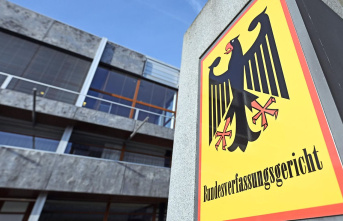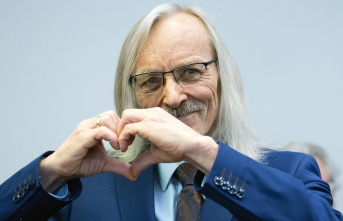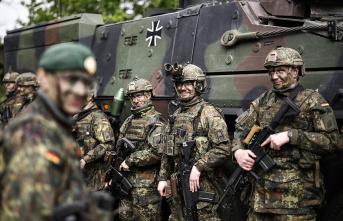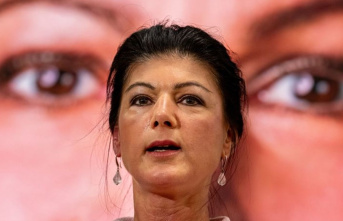Negotiations on one of the largest climate protection programs in the world are entering the final sprint in Brussels. Since yesterday, negotiators from the European Parliament and the EU states have been negotiating an expansion of EU emissions trading and funds intended to cushion the effects of the energy transition on consumers. The package aims to help the EU reduce CO2 emissions by 55 percent by 2030 compared to 1990 and become climate neutral by 2050.
According to the CDU MP Peter Liese, who is leading the negotiations for Parliament, the positions of the states and Parliament are still far apart. It was initially unclear when the negotiators would agree. "We must not rush anything now, after all it is the largest climate package ever negotiated at EU level," said Green MP Michael Bloss, who is also taking part in the talks.
Incentive for lower emissions
In the emissions trading system, certain companies have to pay if they emit gases that are harmful to the climate, such as carbon dioxide (CO2). This creates an incentive to produce fewer emissions, for example in production or when heating.
In 2021, the EU Commission proposed reducing the number of pollution rights faster than previously planned and gradually phasing out free certificates for companies. However, Parliament and the states disagree on the pace. Parliament wants the certificates to expire in 2032 - the states are pushing for 2035. From this point on, producers abroad should also pay for CO2 emissions if they want to sell their goods in the EU - through a so-called CO2 border adjustment . Negotiators had already agreed in principle on this mechanism at the beginning of the week.
Emissions trading is also to be extended to heating buildings and transport, so that emissions would have to be paid for here as well. However, this is controversial, critics fear higher energy costs for consumers. Therefore, Parliament wants the ETS to initially only apply to commercial buildings and traffic, while countries want to roll it out for everyone. In turn, there are fears that a tiered system could initially result in different prices for consumers and commercial customers, for example at the petrol pump.
Already standard in Germany
For German consumers, the expansion of emissions trading is likely to have little impact - in Germany, emissions trading already applies to all buildings and transport.
Another sore point is the so-called climate social fund, which is intended to absorb higher costs for consumers due to the energy transition - such as rising heating costs. This is intended to relieve households and finance investments, for example in more efficient buildings. The fund is to be fed, for example, by income from emissions trading. The EU Commission wants a fund of up to 144.4 billion euros by 2032. The EU Parliament is in favor of around half. The EU countries are for an even smaller pot of around 59 billion euros. Germany in particular had advocated downsizing.












